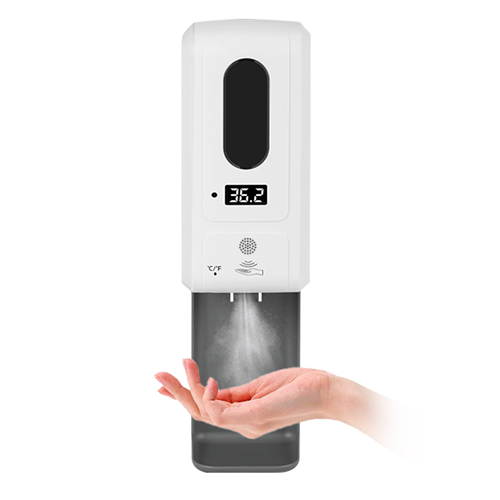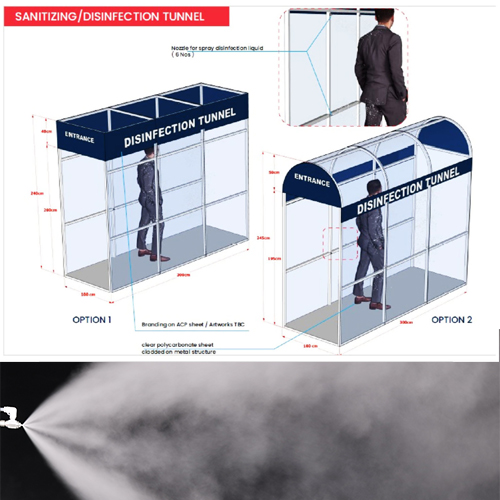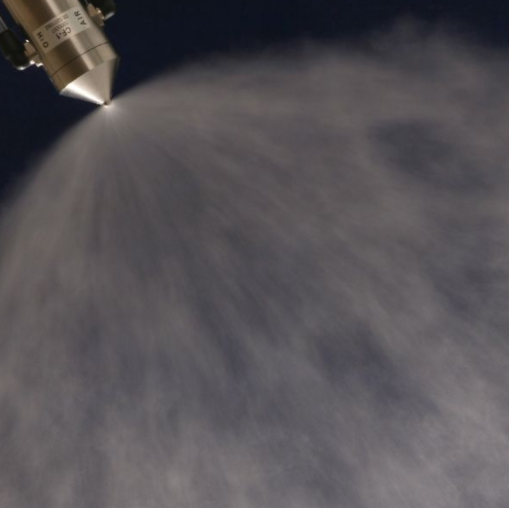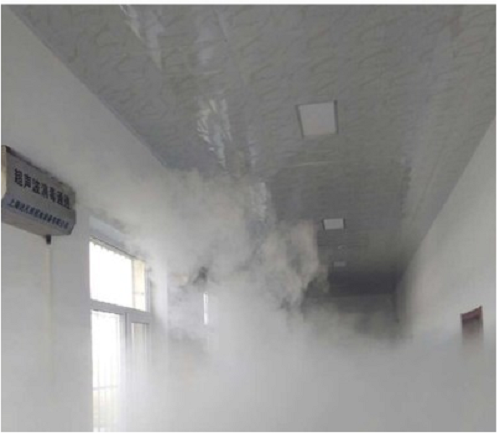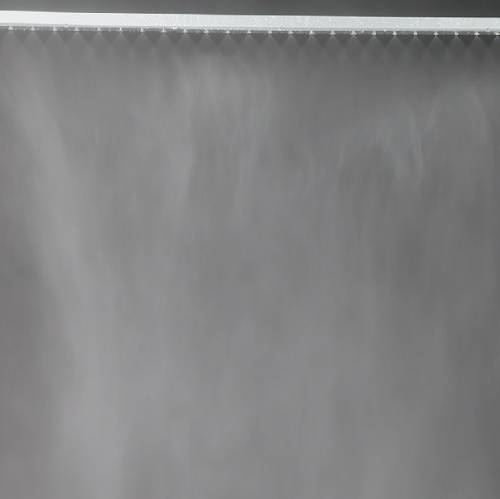Common Technologies Used in Disinfecting Sprayer
Common Technologies Used in Disinfecting Sprayer
The technologies of disinfection & decontamination are to kill or suppress the virus by cellular disruptions and/or dysfunctions. There are several disinfection and sterilization methods adopted in industrial fields, such as high temperature antivirus, ultraviolet technology, chemical methods, microwaves, etc. Due to the covid-19 pandemic, people are paying more and more attention to the disinfection of our surroundings and found that the fast and effective spraying disinfection technologies are the most suitable for comprehensive infection protection and control. Hereby let’s talk about several common technologies used in disinfecting sprayer based on our experience.
There are several commonly used sprayers in the market listed as following:
I. Manual Sprayers & Electrical SprayerII. Electrostatic Sprayers
III. Dry Fog Sprayers
IV. Cold Plasma Sprayers
We will focus on description of the principle of different spraying technologies, applications and advantages from our opinions.
I. Manual Sprayers & Electrical Sprayers
To increase efficiency and lower the labor cost, manual sprayer or electrical sprayer, also the so-called trigger sprayers are used as an alternative to the manual cleanness process. The disinfectant, such as sodium hypochlorite, chlorine dioxide, hydrogen peroxide, peracetic acid, alcohols, aldehydes (glutaraldehyde), are usually adopted for the decontamination. The water- based disinfectants mentioned above are sprayed by specially designed nozzles and pumps to form a mist stream to cover the targeted subject for the disinfection & decontamination process.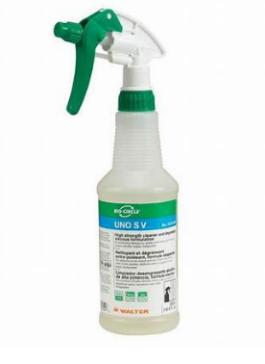
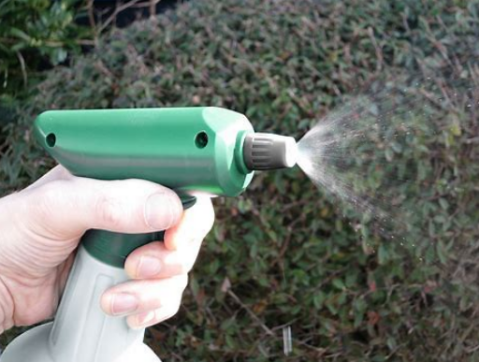
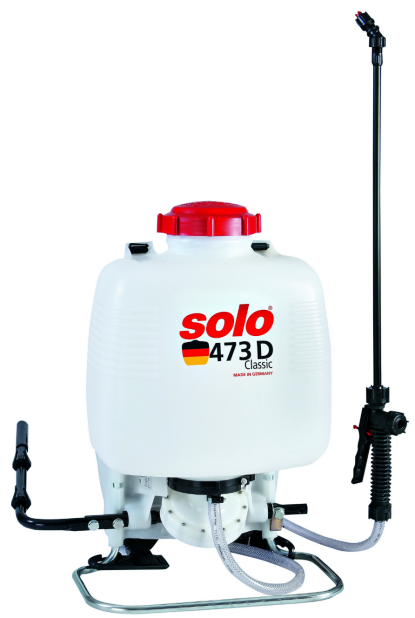
The droplet size, coverage of mist and the consumption of disinfectant are the major specs to judge the performance of the spray. To obtain a good spray performance, the selection of nozzles and pumps are very important. Please refer to see our Advices on Selection of Misting Nozzle and Pump for Sterilizing Sprayers.
The commonly used hand-held sprayers, manual sprayers, electrical sprayers are easy to use, economical and suitable for most residential and commercial applications.
II. Electrostatic Sprayers
The electrostatic sprayer is usually designed based on Type I sprayers, on which the electrostatic generator is added to gives disinfectants a positive charge so that they cling to the negatively-charged or neutral surfaces they’re sprayed upon, because as we know that most surfaces have a negative charge and the opposites attract. It does perfectly avoid the chemicals floating in the air. For the methods of electrostatic spraying, please refer to Several Electrostatic Technologies Used in ES Sprayer for more information.The flow rate, spray angle, velocity and diameter of droplet will affect the performance of electrostatic spraying. Careful selection of misting nozzle is a key to the design of the ES sprayers. You can find Advices on Selection of Misting Nozzle and Pump for Sterilizing Sprayers on our website.
In practical terms, electrostatic sprayer is suitable for the site like offices, schools, public transport, restaurants etc.
The advantage of the electrostatic sprayers including: less disinfectant consumption, more adhesion effect of the mist.
The typical brands of the electrostatic sprayer in the market include Victory, Ryobi, Emist, and so on. You can find more information about The Comparison of Some Popular Disinfecting Sprayer in Market
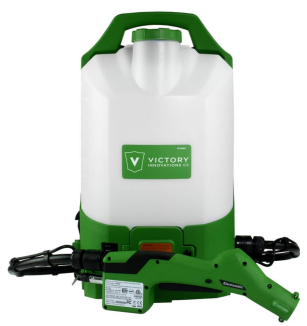
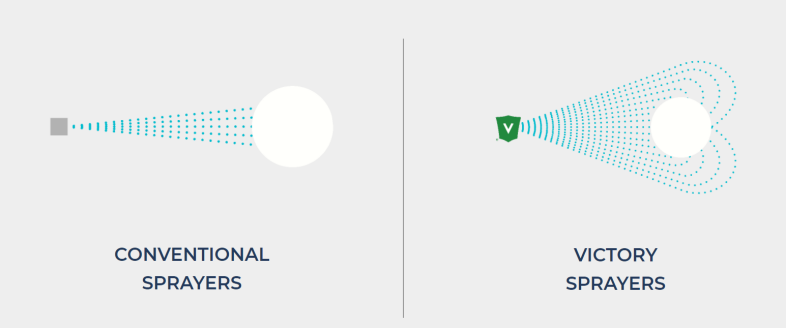
V. Dry Fog Sprayers
Dry fog sprayer is that the mean diameter of the droplet size is less than 10 microns when spraying in decontamination. And these super tiny particles are generated by ultrasonic nozzles which can enable them to agglomerate with similar sized pathogen droplets after spreading quickly into the air. Besides, for the certain disinfecting area, dry fog can cut down the cost due to the highly efficient use of disinfectant compared to conventional way. For the site like medical office, hospital, warehouse and museum etc. which requires less impact from the mist, dry fog disinfecting sprayer is an ideal choice.There are two types of typical dry fog sprayer in the market.
Fogclean’ dry fog sprayer
It is kind of backpack design with quick connector for compressed air, which means an external supply of compressed air needed. An ultrasonic nozzle is assembled on the sprayer, which can produce very tiny fog, the so-called dry fog to make the fog reach all the corners. The flow rate of nozzle is from 0.19L/min to 0.5L/min @ 6 bar air pressure.
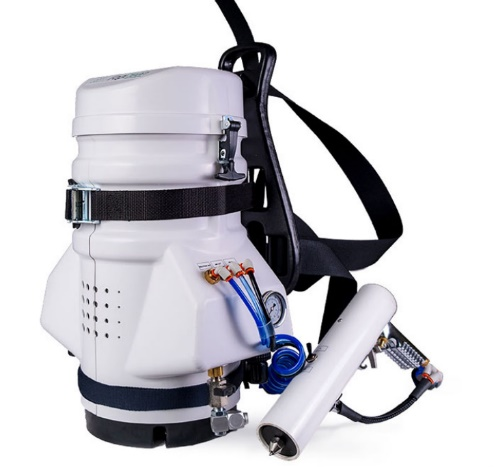
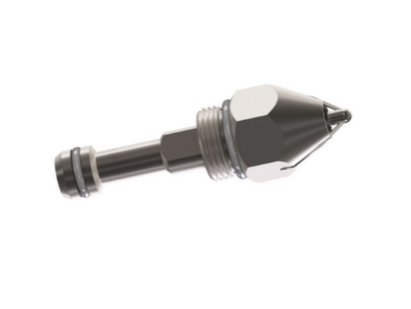
Ikeuchi’s dry fog sprayer
There are two major spraying devices from Ikeuchi, the dry fog spraying trolley, backpack sprayer. Both of the spraying device utilizing compressed air to assist atomization. A dry fog atomizer assembled on the spraying trolley while a dry fog nozzle assembled on the backpack sprayer to produce very tiny fog.
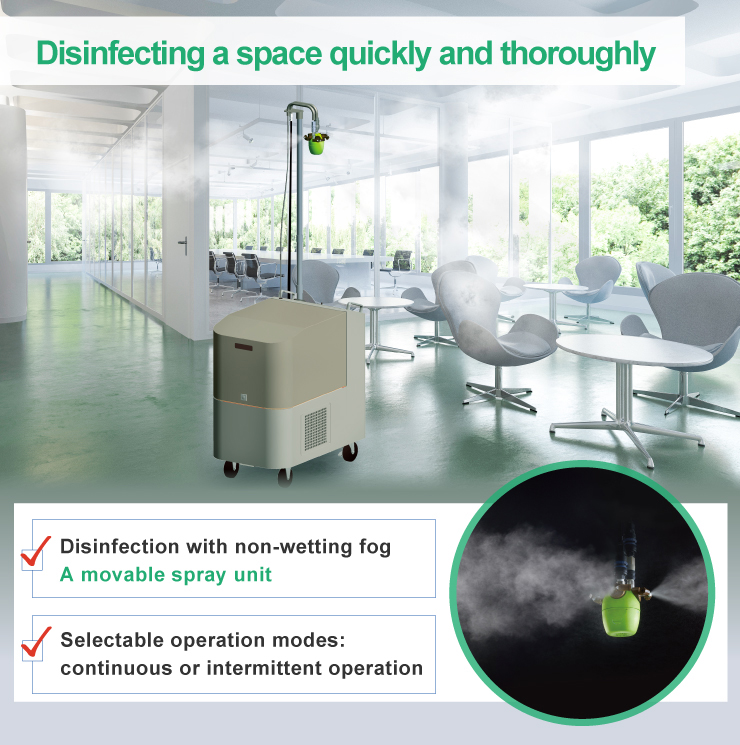
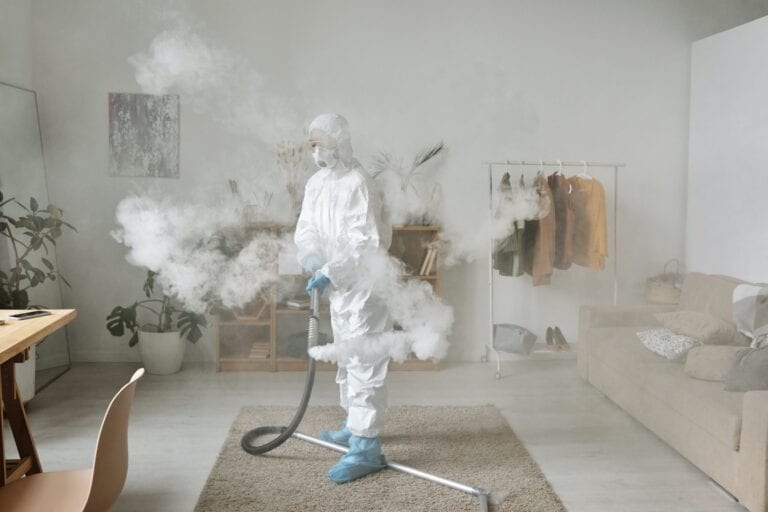
VI. Cold Plasma Sprayers
Cold plasma sprayer is a new technology based on two-fluid spraying device, on which there is a pair of electrodes fixed in front of the air atomizing nozzle to produce cold plasma arc.As study shown that plasma can efficiently inactivate microbial pathogens such as bacteria, fungi, and viruses in addition to degrading toxins. In practice, this technology is effective at Disinfection and Sterilization.
Take TOMI™ as example, they come up with the BIT solution that activates and ionizes a 7.8% Hydrogen Peroxide and converts into a fine mist, which they called iHP process. During this process, a lot of hydroxyl radicals (•OH) also the killing agent is produced. It kills bacteria and fungi timely on contact. That is how the cold plasma sprayer works.

The advantage of cold plasma sprayers is as follows:
a) Requires no mixing, no wet chemistry.
b) Ultra-fine cleaning, no residues.
c) Low operating temperature
d) Environment friendly.
Of course, there are still some technologies that are not mentioned or developed currently. The future perspectives are promising especially in applications related to disinfection and sterilization. We will be looking forward to their coming.


